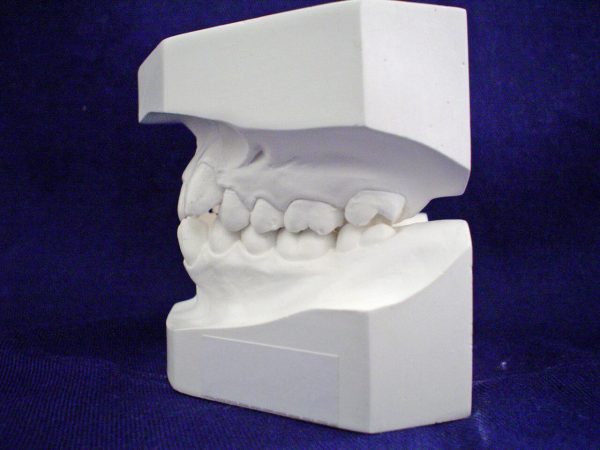CAD/CAM dentistry is a field of dental medicine and odontology employing CAD/CAM (computer-aided design and computer-aided manufacturing) to enhance the design and creation of dental restorations, particularly dental prostheses, together with crowns, crown lays, veneers, inlays and onlays, fixed bridges, dental implant restorations, dentures (removable or fixed), and odontology appliances. CAD/CAM enhances earlier technologies used for these functions by accelerating the speed and effeciency of creation; increasing the convenience and simplicity of the design, creation, and insertion processes; and creating attainable restorations and appliances that otherwise would be impossible. CAD/CAM achieves the goal of reducing cost and creating cheap restorations and appliances that otherwise would are prohibitively costly. However, to date, chairside CAD/CAM typically involves overtime on the part of the medical practitioner, and therefore the fee is commonly a minimum of double that of typical restorative treatments. CAD/CAM is amongst one of the most competent dental workplace technologies.
Although CAD/CAM medicine was utilized in the mid-1980s, early efforts were thought of a cumbersome novelty, requiring an excessive quantity of your time to supply a viable product. This unskillfulness prevented its use at dental offices and restricted it to labside use (that is, use at dental laboratories). As advanced techniques, software, and materials improved, the chairside use of CAD/CAM (use at intervals dental offices/surgeries) become more commonplace.
